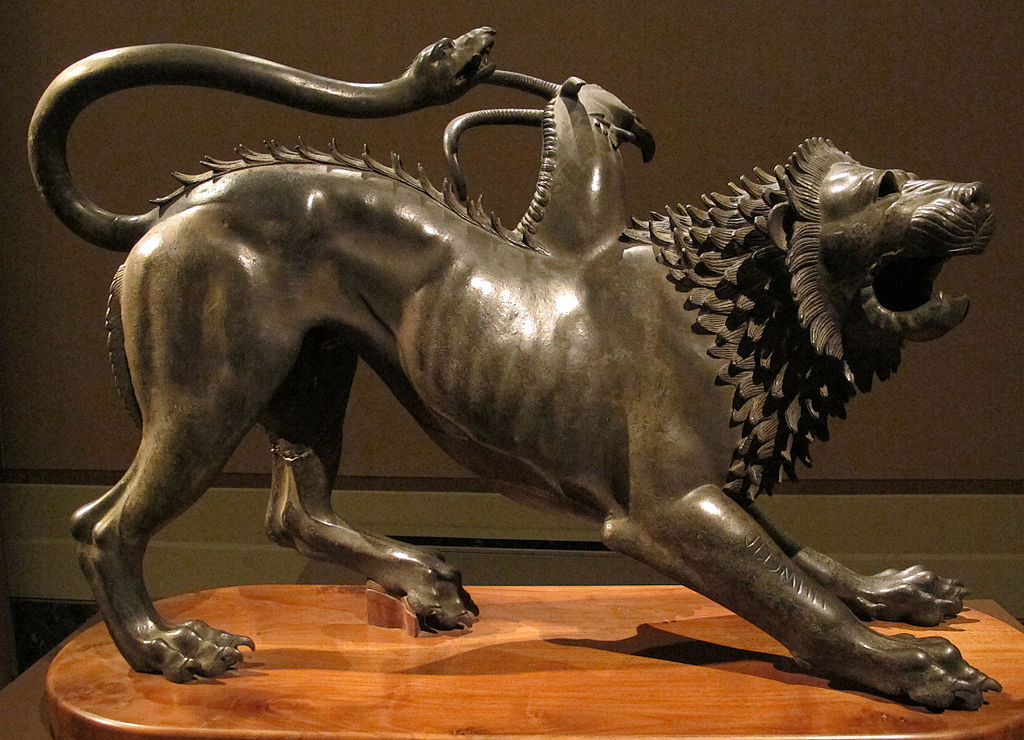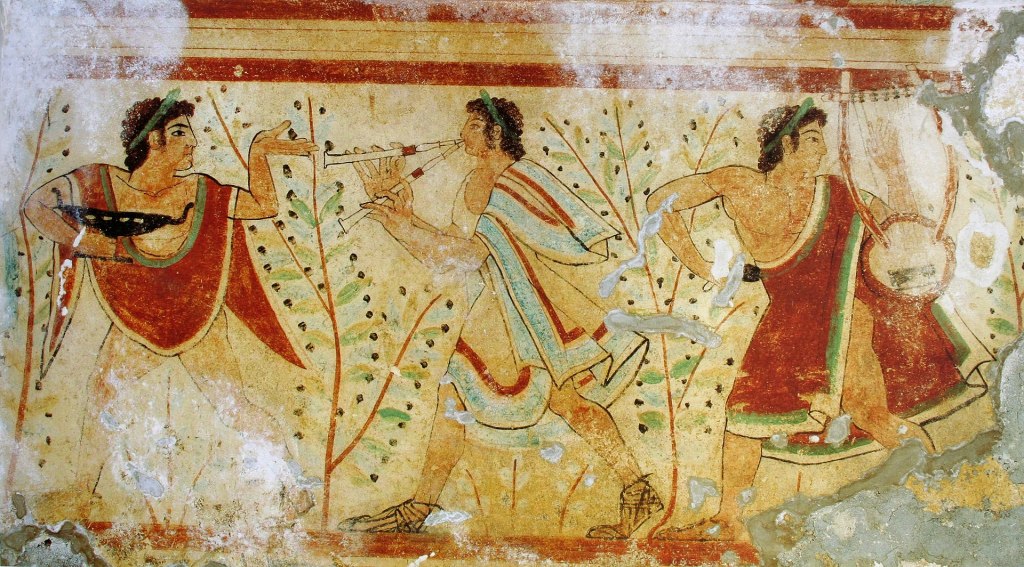The History of the Etruscans
Welcome to a digital portal that unveils the enigmatic tapestry of Etruscan history, a civilization that once flourished in the ancient landscape of pre-Roman Italy. Our website serves as your guide through the mysteries and marvels of the Etruscans, a people whose legacy is imprinted on the art, architecture, and cultural practices that define their captivating civilization.

Guided by historians, archaeologists, and researchers, our virtual journey unravels the narrative of the Etruscans—from the richly adorned tombs of Tarquinia to the bustling city-states of Etruria. Immerse yourself in a curated collection of scholarly insights, historical analyses, and cultural narratives that unveil the grandeur, complexity, and enduring influence of the Etruscan civilization.
Discover groundbreaking research that delves into the distinctive Etruscan language, the ornate craftsmanship of their funerary art, and the political structures that shaped their city-states. Whether you’re a history enthusiast, a student eager to delve into the past, or someone drawn to the allure of lesser-known civilizations, our digital repository offers a comprehensive exploration of the fascinating history of the Etruscans.
Engage with the ongoing dialogue that deepens our understanding of this mysterious civilization, where each tomb painting, bronze artifact, and urban center contributes to the story of a people whose cultural footprint defies the sands of time. Welcome to a space where the scholarship on the history of the Etruscans thrives, inviting you to explore, learn, and be captivated by the enduring legacy of this intriguing ancient civilization.

The Etruscans were a pre-Roman civilisation that inhabited the central region of Italy from the 8th to the 3rd c. BC. Their civilisation was highly advanced, with a sophisticated system of writing, art and architecture, and they had a significant influence on the development of early Roman culture.
The origins of the Etruscans are somewhat unclear but they likely migrated to Italy from the eastern Mediterranean region, possibly from modern-day Turkey. They first appeared in the historical record in the 8th c. BC, when they established a number of city-states in central Italy. The Etruscan civilisation was centred around these city-states, which were ruled by a series of powerful aristocratic families.
One of the key features of Etruscan society was their system of government. The Etruscans were ruled by a series of kings, who were elected by the members of the aristocratic families. This system of government was highly decentralised, with each city-state having its own king and its own system of laws and governance.

Despite this decentralised system of government, the Etruscans were highly interconnected and had a shared culture and language. They were skilled traders and craftsmen, and their influence extended far beyond their own borders. They established a number of trading colonies throughout the Mediterranean, including in Corsica, Sardinia and southern France.
The Etruscans were also highly skilled in the arts, and their art and architecture were highly influential in the development of early Roman culture. They were known for their beautiful pottery, which often featured intricate designs and scenes from daily life, as well as their metalworking, which produced highly decorative and ornate objects.

In addition to their artistic achievements, the Etruscans were also highly skilled engineers and architects. They built elaborate drainage systems, roads and bridges, and their monumental architecture, such as the temples and tombs that they built, was among the most impressive of the Ancient World.
Despite their many accomplishments, the Etruscan civilisation began to decline in the 5th c. BC, as they were gradually absorbed into the expanding Roman Republic. The Romans were heavily influenced by Etruscan culture and adopted many of their traditions and practices, such as their system of government and their religious beliefs.

As the Romans became more powerful, they began to conquer the Etruscan city-states one by one. By the 3rd c. BC, the Etruscan civilisation had been completely absorbed into the Roman Republic, and their language and culture had largely disappeared.
Despite their eventual decline, the Etruscans remain a fascinating and mysterious civilization, and their influence on the development of Ancient Rome is still felt today. Their art and architecture continue to inspire scholars and artists alike, and their legacy is a testament to the enduring power of human creativity and innovation.
